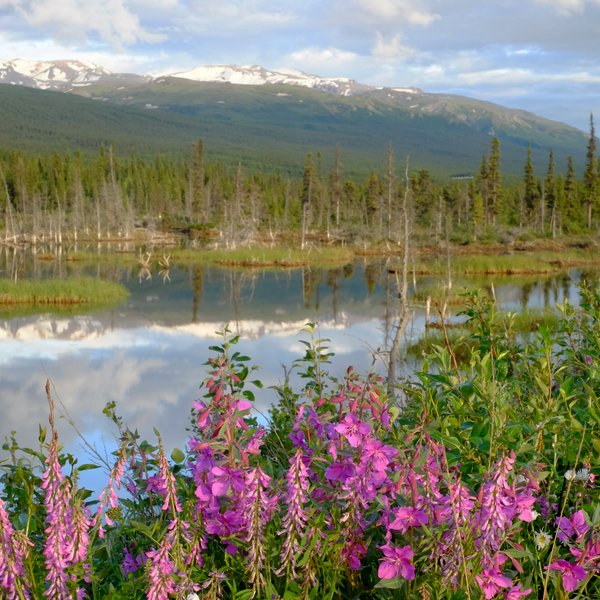Confessions of a taxon concept mapper
Guest blog by Kimberly Cook
posted 2021-07-14
One year ago, I was fortunate to have the opportunity for professional growth in a research area I never thought I would explore – taxonomy. More specifically, taxonomic concept mapping (TCM). Before images of dusty, dark specimen drawers and Victorian-era explorers creep into your mind, allow me to tell you why I think TCM is extremely important, and just overall really cool.
- Taxon concept mapping is an excellent way to introduce students and early career professionals to the taxonomic literature and online resources (Biodiversity Heritage Library and International Plant Names Index, to name a couple). As a non-specialist, my experience with taxonomy was restricted to learning the basics of the Linnaean classification system and cladistics. It hadn’t occurred to me that there was an entire history to taxon names beneath the surface, until I started on the Alaska Flora project. Under the guidance of Cam Webb, I was reintroduced to the human aspect of the science of taxonomy, and I imagine it would be reinvigorating even for the established taxonomist.
- We need to think carefully about what names mean. Differences in taxonomic circumscriptions have implications for how the scientific community interprets research on certain taxa. Further, when that research is the basis for policy and conservation initiatives, confidence in the meaning of a name is paramount.
- Curating a single, end-all-be-all list for all taxa is futile. There, I said it. After creating several taxon concept maps (discussed in this poster), I learned it is virtually impossible to keep up with all name changes, let alone the abstract idea of a taxon that is represented by a name. All you librarians out there may cringe at this criticism of a unifying standard (believe me, my inner librarian also has her jaw to the floor), but if I learned anything from my information science training, it is that there is always a better way to organize something in a way that does not reduce the material to something that is useless to the average researcher. Reduce is the key word here – by curating a single checklist, we detach the meaning from a name and each specimen it has been attached to. TCM helps to preserve the meaning of a name and demonstrate how the meaning has changed through time. While more work needs to be done to figure out how to scale TCM and related activities in a way that is globally useful, it is still possible if enthusiasm for the work remains (I’m looking at you, students and early career professionals!).
Working on this project has taught me about the power of description and the beauty of the meaning of a name in different contexts. This idea extends beyond individuals who consider themselves part of the scientific community, and into areas of cultural significance and utility. A name does not exist in a silo, and neither do people.
As I move into the next chapter in my life (fall 2021 PhD program at the University of Kentucky!), I am eager to unpack the incredible experience I’ve had working with the Alaska Flora team. I hope that, by sharing my adventures in TCM, I’ve inspired at least one person to look at names just a little differently.
